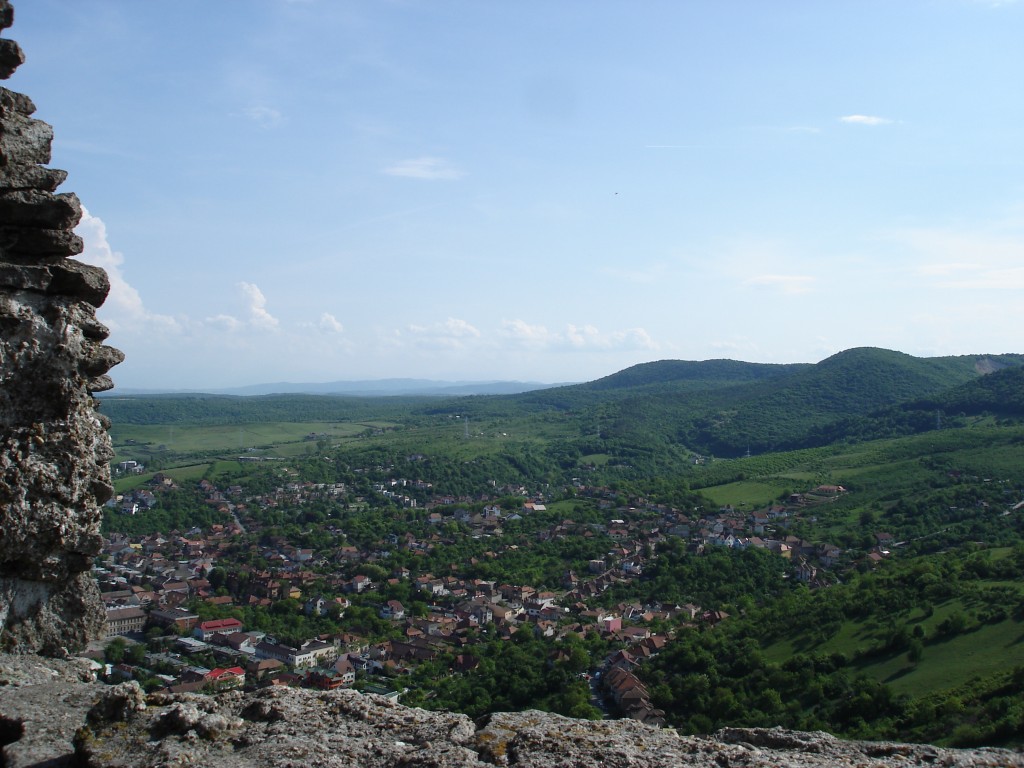
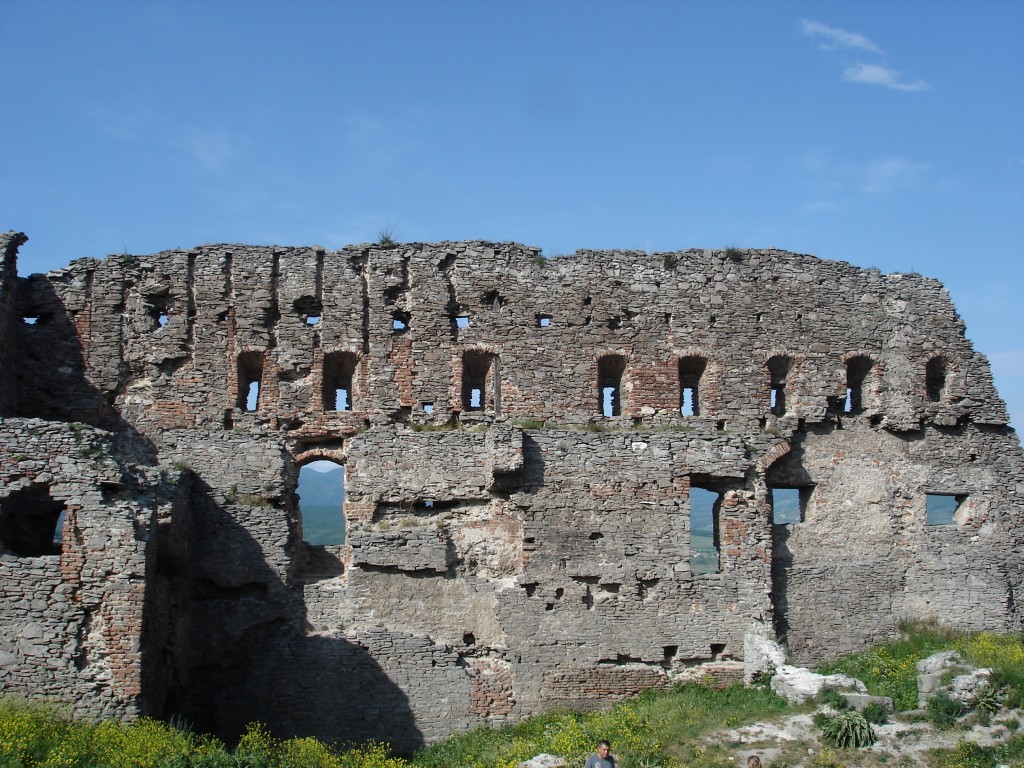 The citadel at Deva was absolutely spectacular. It perched on a rugged peak, overlooking the city, and could only be reached by a funicular railway. It was pretty hard to imagine how it had been built. Every block and beam dragged up by ropes? It was in a picturesquely ruined state. The view, over Deva (pop. 80,000) and the surrounding countryside, was beautiful. The little, cone-shaped mountain the citadel perches upon is protected for its rare floral species and the presence of the horned adder. We didn’t stay long, as we had booked a train that left for Braşov in a few hours. This would be another long, overnight haul, which would land us in that city in the wee hours of the morning. Lonely Planet had recommended two hostels there, so we planned to just emerge from the railway station and try to find them.
The citadel at Deva was absolutely spectacular. It perched on a rugged peak, overlooking the city, and could only be reached by a funicular railway. It was pretty hard to imagine how it had been built. Every block and beam dragged up by ropes? It was in a picturesquely ruined state. The view, over Deva (pop. 80,000) and the surrounding countryside, was beautiful. The little, cone-shaped mountain the citadel perches upon is protected for its rare floral species and the presence of the horned adder. We didn’t stay long, as we had booked a train that left for Braşov in a few hours. This would be another long, overnight haul, which would land us in that city in the wee hours of the morning. Lonely Planet had recommended two hostels there, so we planned to just emerge from the railway station and try to find them.
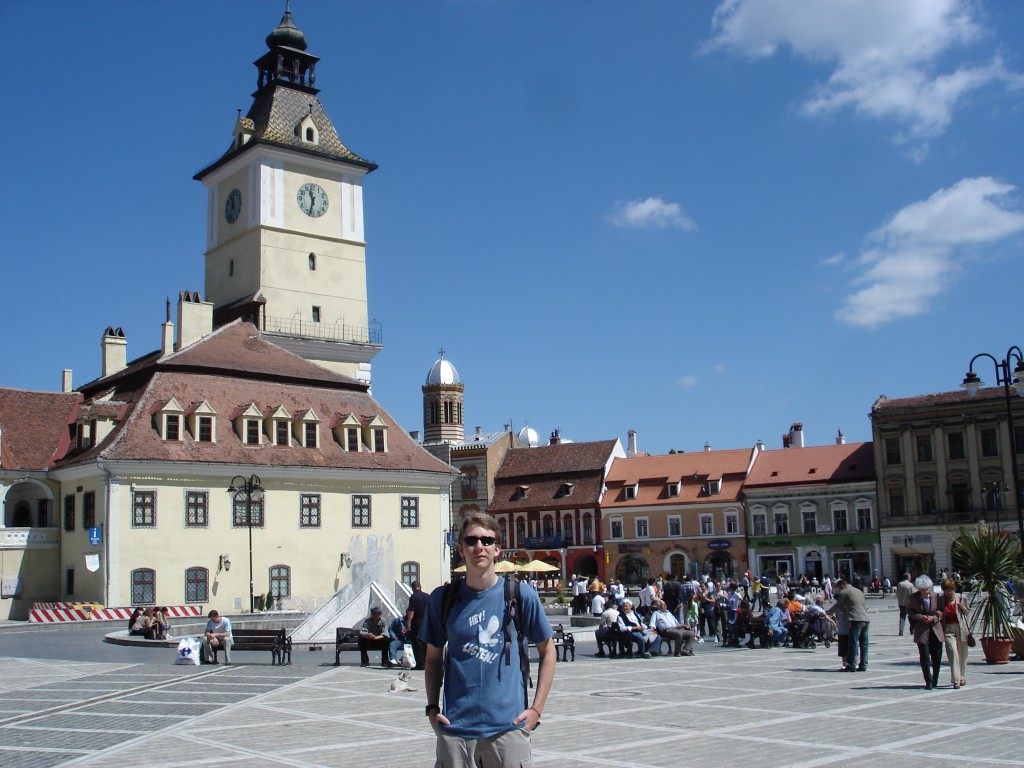
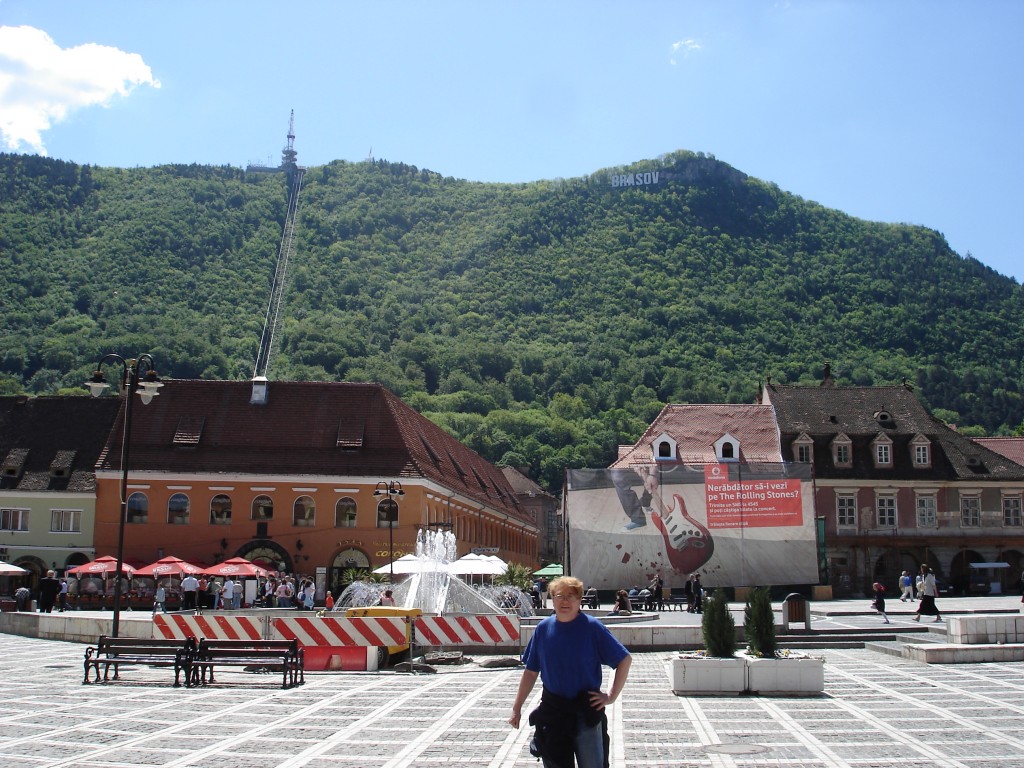 We couldn’t find the first one, nearest the station, so we proceeded on a long walk to the other end of the city, again through streets that were mostly empty, silent, and poorly lit. But we found the second, which turned out to be extremely nice. It even had a free laundry service, which by this time we were much in need of. We arranged to stay two days, so that we could make a day trip to Bran Castle, our third pre-planned destination. Braşov was the biggest town we had seen in Romania so far. There was a sprinkling of tourists, the main square was impressive, and there was a large Gothic, Lutheran cathedral, looking completely out of place, in the center. In the middle ages, “Saxons” had migrated to Transylvania in great numbers. The term was an umbrella for almost any settler from northern or central Europe, but the majority of them spoke some dialect of German. Actually, few of them would have been from Saxony. The word was being used with the same looseness by which the Byzantines and Arabs called all Europeans “Franks”. Braşov had been one of the largest medieval German settlements in Transylvania, which is quite evident in the architecture, but now German speech is known to less than one percent of the population. The town was half Hungarian a century ago, but today it’s mostly Romanian-speaking.
We couldn’t find the first one, nearest the station, so we proceeded on a long walk to the other end of the city, again through streets that were mostly empty, silent, and poorly lit. But we found the second, which turned out to be extremely nice. It even had a free laundry service, which by this time we were much in need of. We arranged to stay two days, so that we could make a day trip to Bran Castle, our third pre-planned destination. Braşov was the biggest town we had seen in Romania so far. There was a sprinkling of tourists, the main square was impressive, and there was a large Gothic, Lutheran cathedral, looking completely out of place, in the center. In the middle ages, “Saxons” had migrated to Transylvania in great numbers. The term was an umbrella for almost any settler from northern or central Europe, but the majority of them spoke some dialect of German. Actually, few of them would have been from Saxony. The word was being used with the same looseness by which the Byzantines and Arabs called all Europeans “Franks”. Braşov had been one of the largest medieval German settlements in Transylvania, which is quite evident in the architecture, but now German speech is known to less than one percent of the population. The town was half Hungarian a century ago, but today it’s mostly Romanian-speaking.
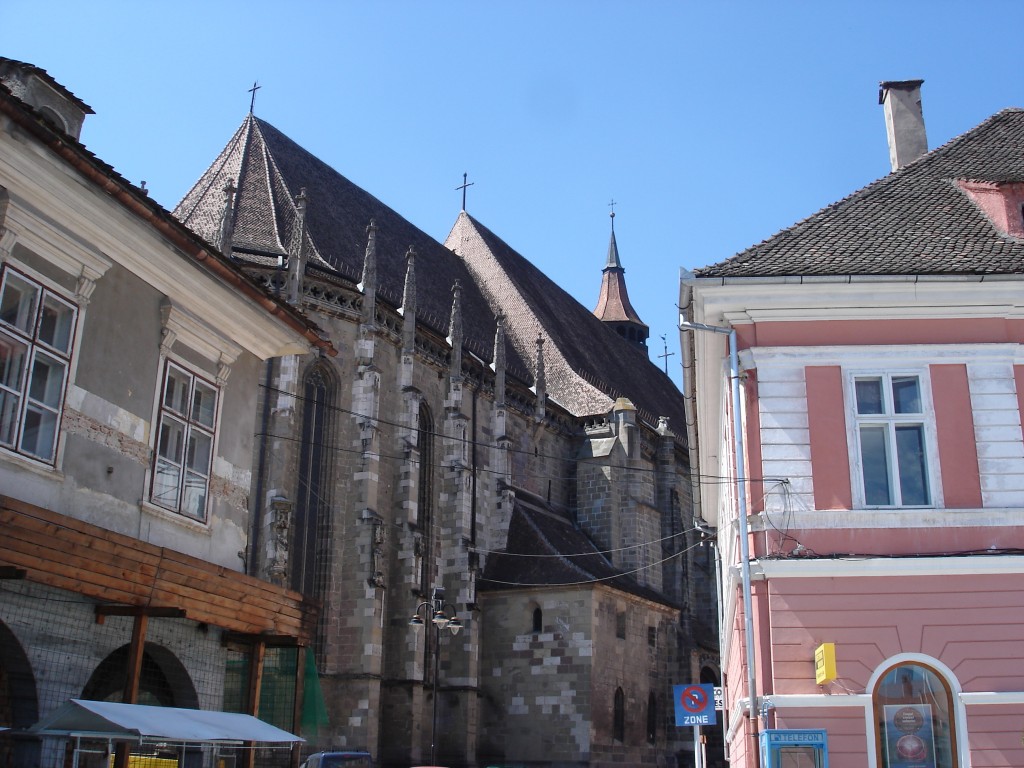
The rather grim “Black Church”, a Lutheran relic in a now almost entirely Eastern Orthodox city.
For me, it’s main attraction was that it was the birthplace of Bálint Bakfark, a Renaissance composer and lutanist of whom I’m very fond. If you like the music of John Dowland, you might like Bakfark.
Most tourists come to Braşov because it’s the biggest town near Bran Castle. That’s essentially why we were there, and it finally brings us to the subject that I’ve avoided discussing until now: Dracula.
Now, I’m sure that most Romanians are sick to death of Dracula. Transylvania is an extraordinarily beautiful country of mountains, forests, and a farmland, with charming old towns, castles, and wonderful ski resorts. Visually, it’s sort of a cross between Switzerland and Montana, though admittedly still very economically undeveloped. But in the 19th Century, it was the least-traveled part of Europe, it’s curious ethnic mixture, and it’s frontier status between the Hapsburg and Ottoman empires made it seem extremely distant and exotic to an Irish author like Bram Stoker. To the romantic mind of the 19th century, any wild forest was a dark and menacing entity. Mountains and forests were the abode of the supernatural. Stoker spent eight years researching vampire folklore before writing his novel, but he never traveled to Transylvania. Vampires are a common folk motif everywhere in Eastern Europe, playing roughly the same role as the Witch motif in Western Europe. Stoker drew on these traditions for his romantic tale of vampirism. In addition, he fixed on a name from Transylvanian History, Vlad Ţepeş the Voivode of Wallachia, also known as Vlad III the Impaler, Kazıklı Bey in Turkish, or Vlad Drăculea — or to English readers, Dracula. Vlad the Impaler was widely known for his gruesome habit of impaling his enemies, but he was by no means the most violent prince in the region or period. But among Hapsburg and German historians, he was used as an exemplar of the brutal and terrifying Balkan ruler. However, Vlad Dracula was never associated with vampirism in any local tradition or folklore. The two elements did not have anything to do with each other.
So Bram Stoker pulled together various elements to make Dracula. The folk traditions of the undead vampires were common to most of Eastern Europe, and can be found in ancient Greek literature. To these, he added the Faustian theme of the bargain with the devil, and of eternal life at a horrific price. This last theme had many incarnations in European literature, and was already well established in Romantic horror fiction. For the castle, Stoker was actually inspired by one he saw in Scotland, but of course, they abounded in horror fiction. It was merely a matter of shifting Castle Frankenstein (Switzerland was still exotic when Mary Shelley wrote her masterpiece) further East. Since few English readers had any clear idea of what was in Transylvania, it could be turned by his deft poetic hand into a fantastic land of darkness, mystery and horror.
Stoker’s Dracula played so expertly on the subconscious fears of sexuality and mortality that absorbed the English of the Victorian Era, that Dracula became a powerful symbol. Stoker had constructed an archetype. The effect of this image was multiplied when the Hungarian actor Béla Ferenc Dezső Blaskó (Bela Lugosi) created a perfect visual and vocal manifestation of this archetype. The Dracula myth continues to be profoundly evocative, wherever you have readers who see in it a symbolic representation of their own inner fears, sexual ambiguity, or isolation and loneliness. The immense success of Ann Rice novels in recent times shows that the archetype still has tremendous power.
Now, it’s not surprising that Romanians would find this association of one of their historical figures — to them, better known as one of leaders in conflicts with the Turks — with all this supernatural stuff to be a bit embarrassing.
But, after all, the real Vlad Dracula was a pretty scary guy, and vampires are part of local folklore, and tourists are eager to flock to someplace if they believe it to be “Dracula’s castle“. So a castle that can be attached to his name is a big asset. Vlad Dracula was a Prince of Wallachia, not Transylvania, but the flat country of Wallachia is not very romantic territory. He did of course spend some time in the mountains of Transylvania. Like most princes in that era, Vlad’s name could be connected to several castles. The best candidate, the one that would be most describable as his home, is Poenari Castle, in the Central Southern Carpathians. Unfortunately, there is nothing left of it but a small ruin, and it is located in a place very difficult to reach. Servicing it on a large scale for tourists would be expensive and impractical. Also, once there, tourists would not see enough to please them.
So the status of “Dracula’s castle“ has fallen to Bran Castle, a quite nice little castle, well preserved, near a big town with good rail connections. Bran Castle can be connected to Vlad III only very marginally. But it is now more or less the official Castle Dracula, and probably the single biggest tourist attraction in Romania. At its base, there are several acres of souvenir stands and tourist services. It’s actually kind of charming, because they are so ridiculously tacky, so idiotic, that you can’t get angry. It would be like sneering at a children’s lemonade stand for being an inefficient business. If you have a desperate desire to have vampire potato chips or latex fangs made in Taiwan, then this is the place to be.
However, the trash ends at the gate, and once you enter the castle grounds, all mention of Dracula stops. I will give credit to the operators of the castle. It is well restored, and it’s interior is a fine museum of local history, focusing on the actual important inhabitant of the castle, Queen Marie of Romania. Furniture, housewares, and objets d’art either from the local region, or from Marie’s personal effects, are displayed with taste. No Dracula stuff. The trip was quite worth it for the castle’s actual history, or for that matter for the spectacular scenery you see while getting there.
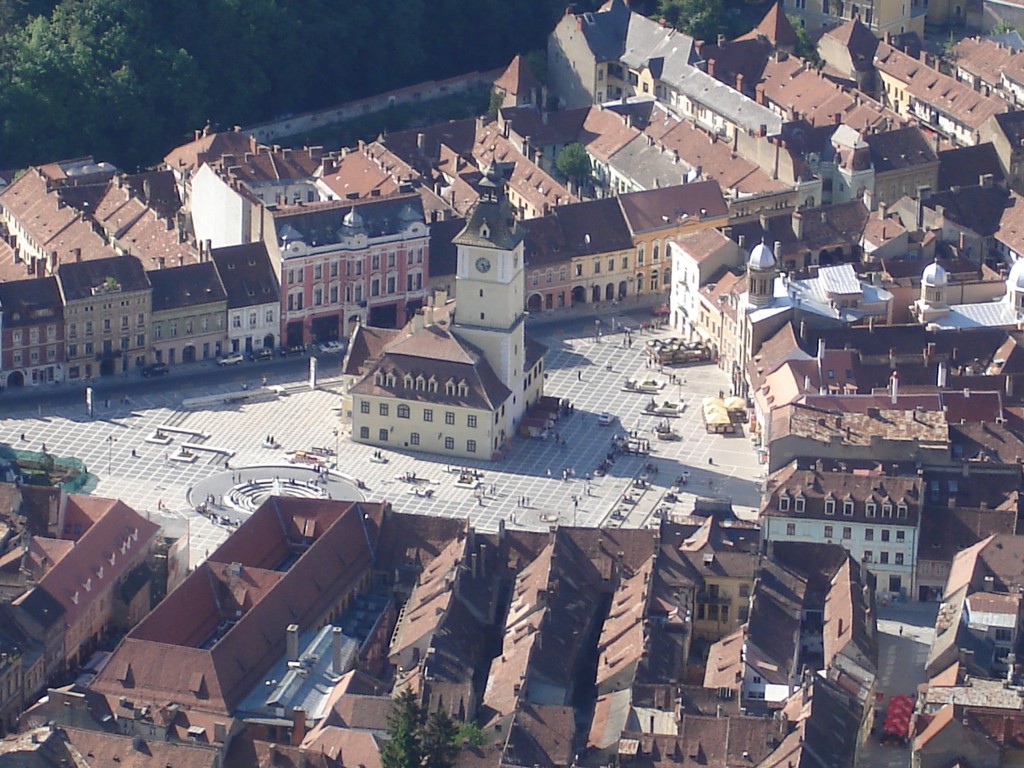
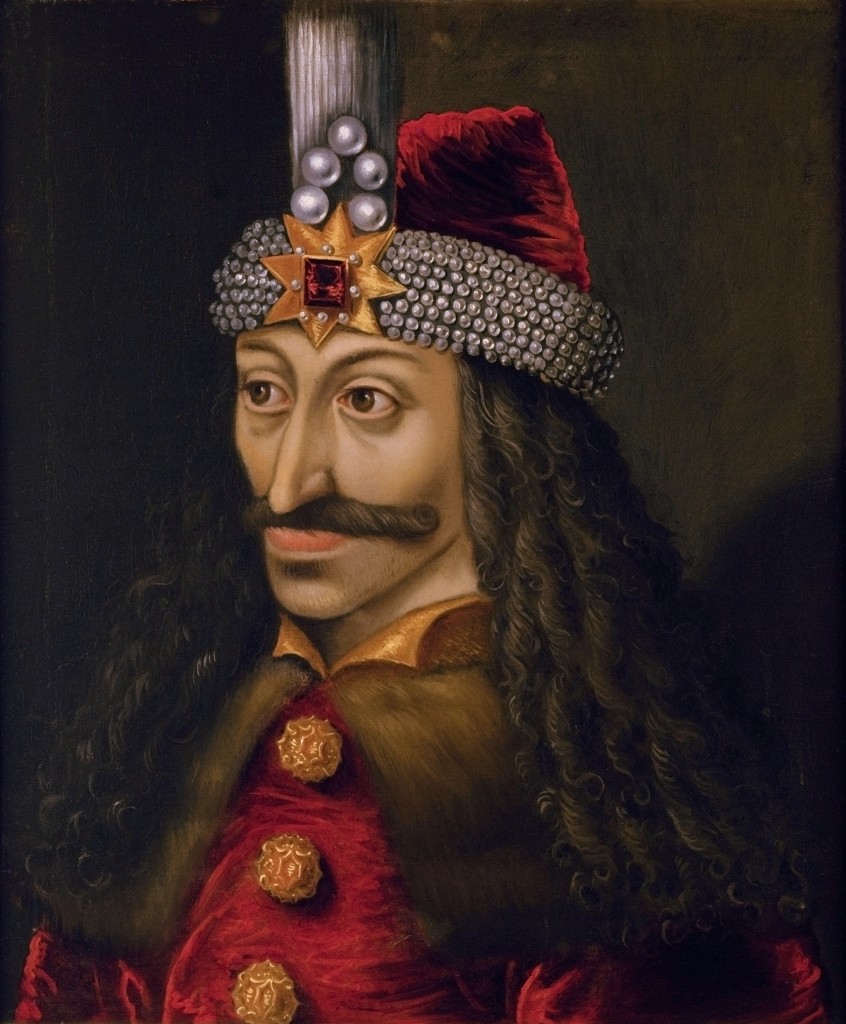
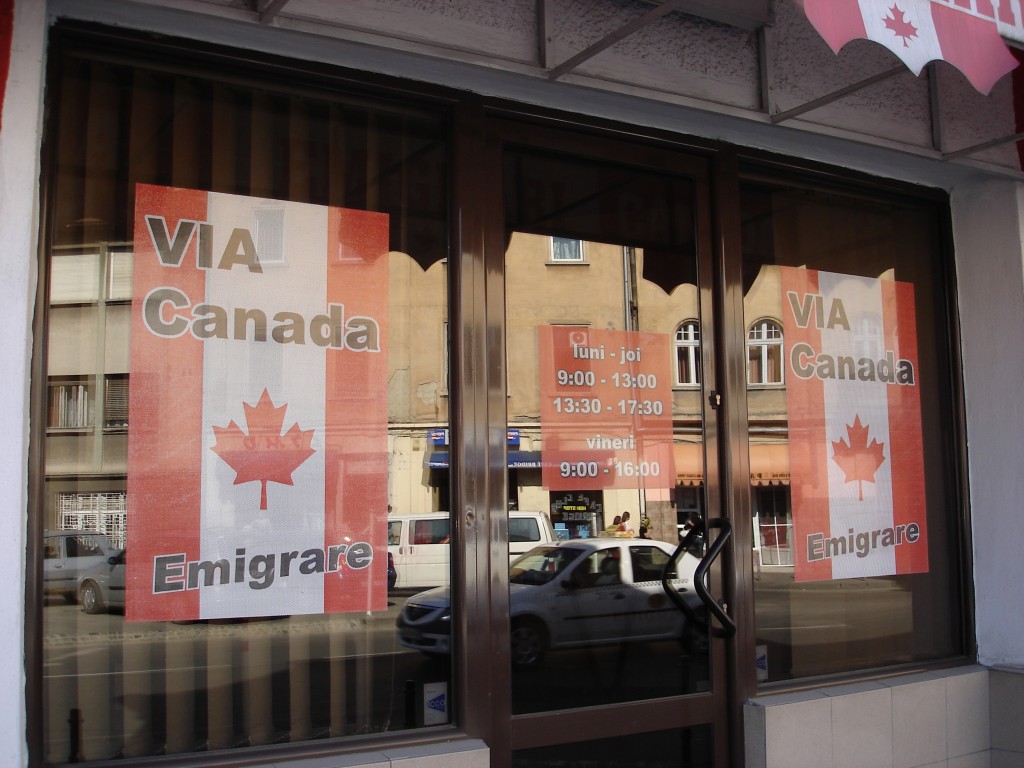
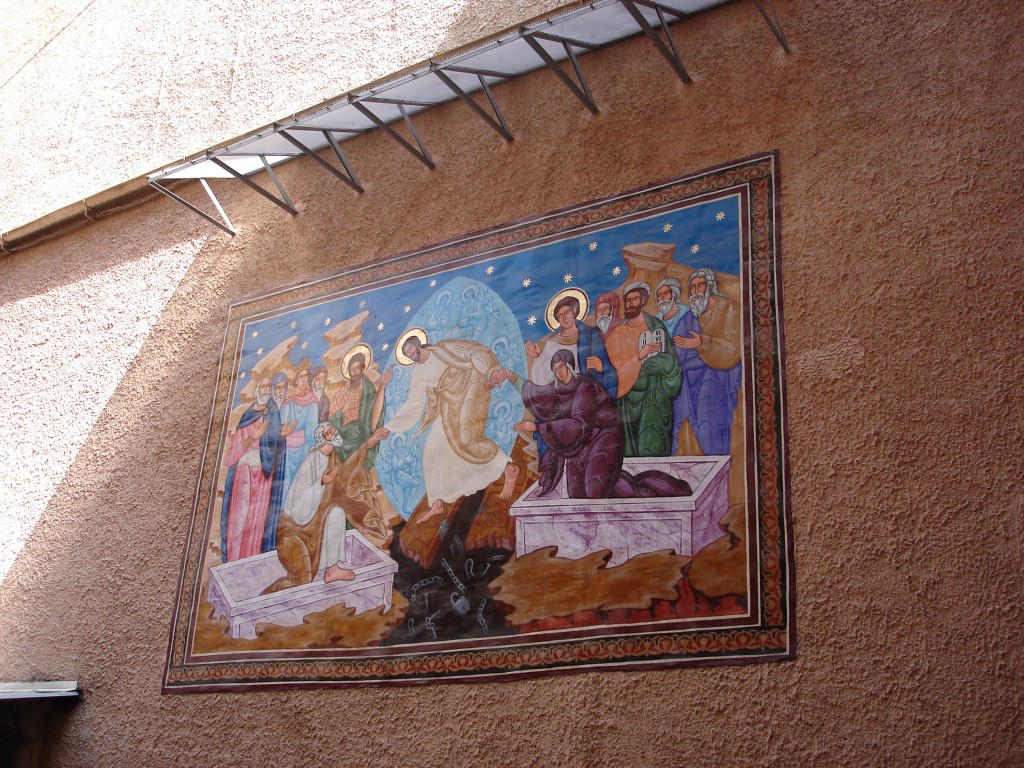
0 Comments.